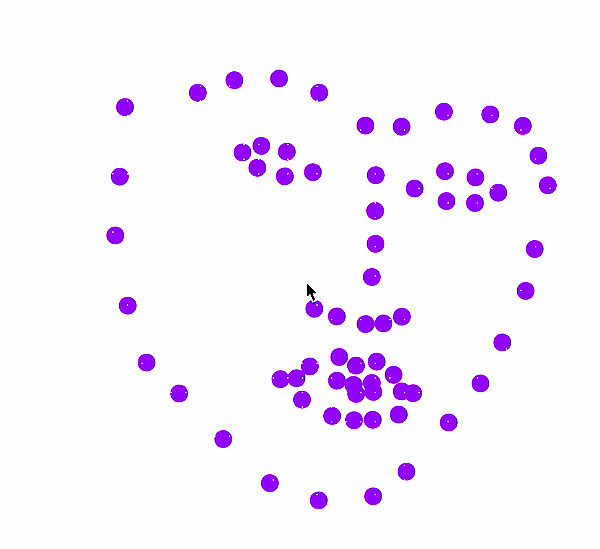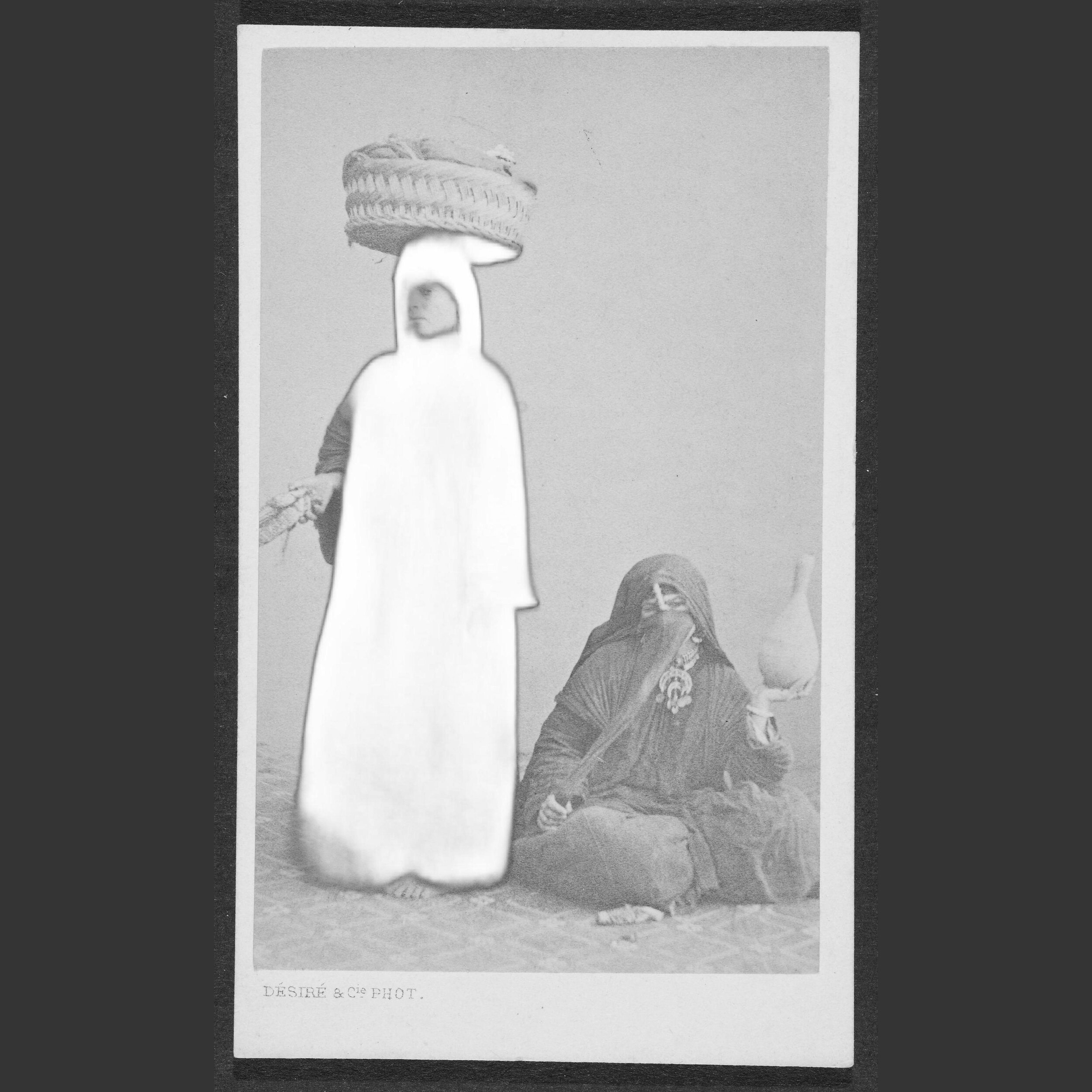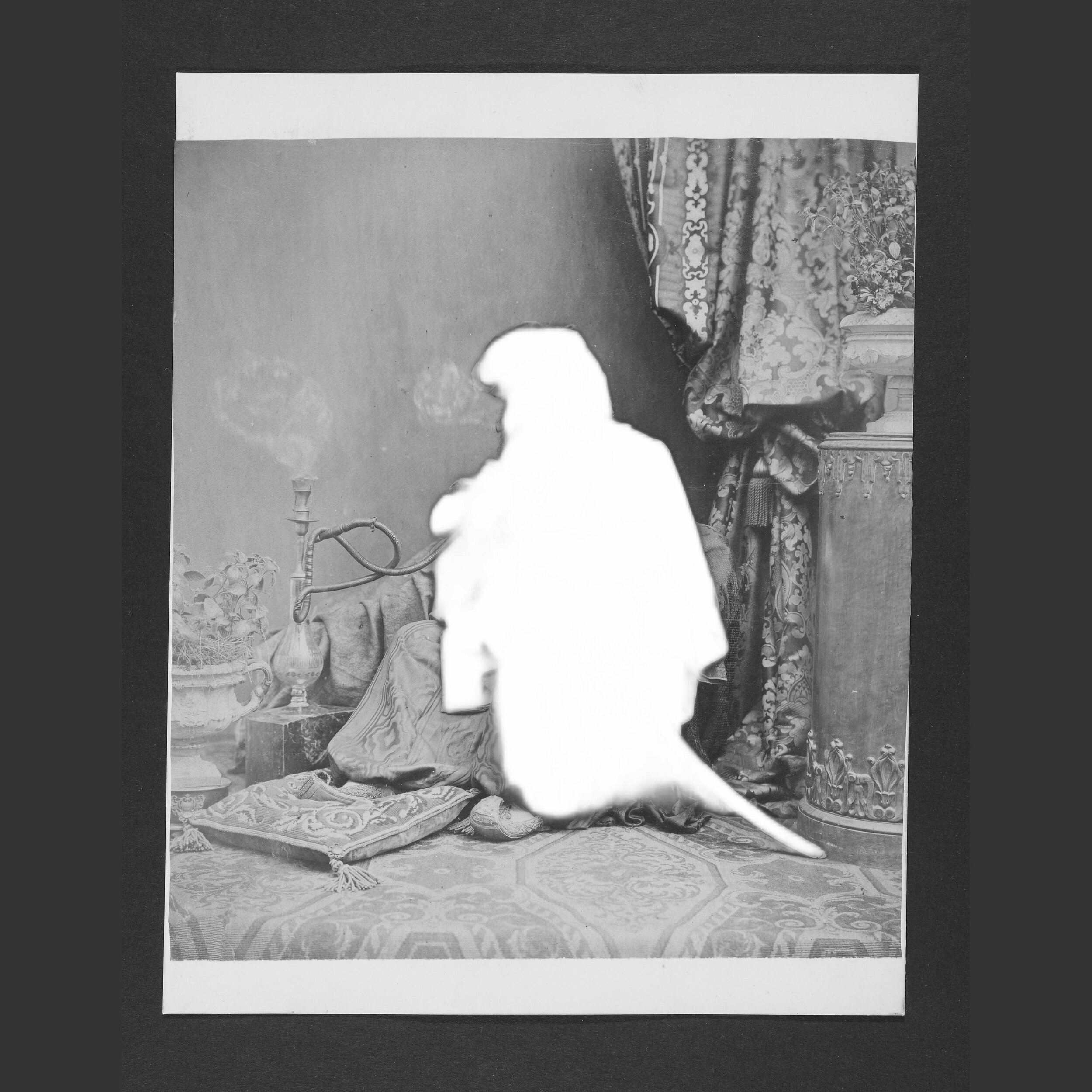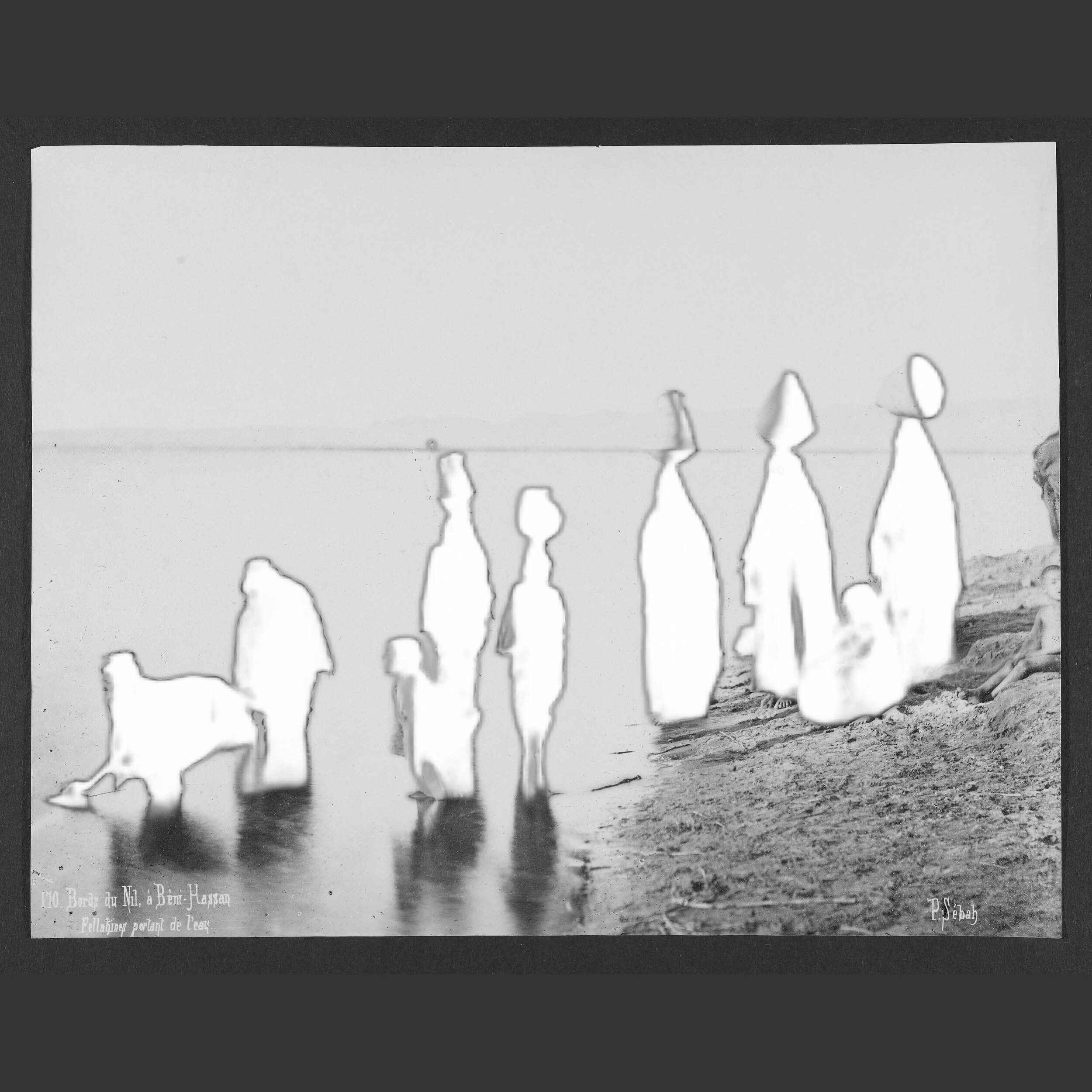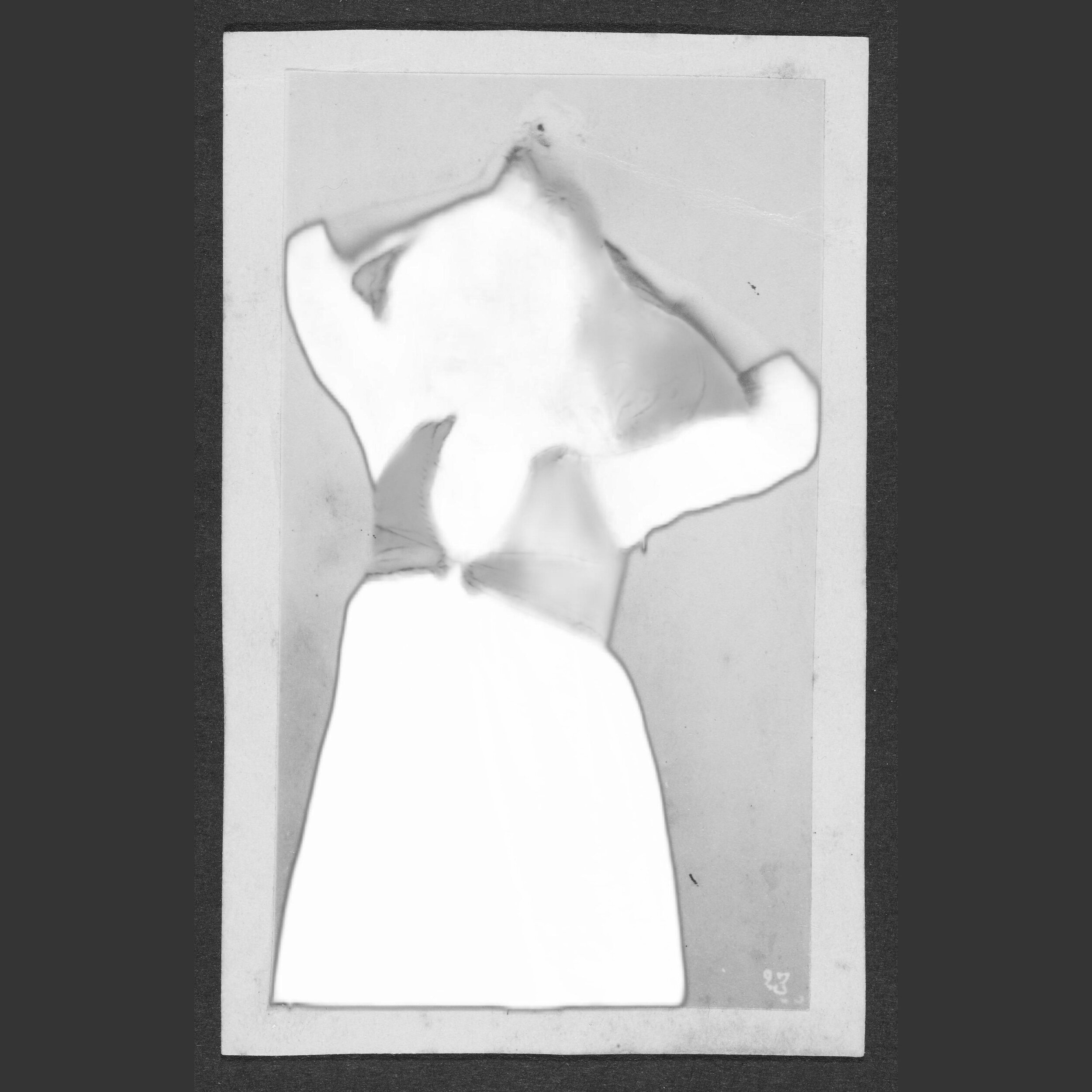Salaf (Ancestors)
Year: 2020
AI-Augmented Dataset
Residency: ThoughtWorks Arts
An archival dataset of ~6,000 images symbolizing the limitations and failures of data collection and AI tools in collecting and interpreting Middle Eastern identity.
Research Process
In the summer of 2020, I wanted to explore my identity through both the lens of my family history and the potential of AI. My aim was to use artificial intelligence as a tool to help me visualize the past—reconstruct moments I couldn’t otherwise imagine, and perhaps even uncover lost details..
I began to wonder: could I feed it curated datasets or family images to tell me more? Could AI help me piece together fragments of memory, history, and migration into a fuller picture?
I interviewed my mother and traced our family history back to the 1800s.
Through this process, I discovered that my ancestors had migrated across the Arabian Peninsula and Mesopotamia (which includes parts of present-day Iraq).
The images presented here were sourced from the archives of Gertrude Bell, the renowned explorer and archaeologist who traveled extensively across the Middle East and worked alongside Lawrence of Arabia.
Problematic Data
To have a conversation with visual AI models, I needed to collect data. For each decade in my mother’s story, I started gathering images—scraping museum archives from the regions and time periods where my family had lived. I looked for anything that could offer a sense of how people lived: what they ate, how they dressed, what their surroundings looked like, and more.
Here is where I encountered my first problems — I found that the only visual records of the Middle East emanated from a British Empire that purposefully crafted the East (i.e., the “Orient” or “Other”) as a region to be exploited and controlled. These photographs primarily reflected a Western gaze, depicting figures in staged exoticism—dancing, smoking hookah, and embodying caricatured representations designed for colonial consumption.
Computer Vision Tests
As I proceeded to test these images with computer vision models, this process revealed failures manifested as mislabeling, generalizations, and stereotypes. They failed to recognize the majority of veiled women as women and haphazardly tagged several of Gertrude Bell’s bedouin images with modern-day warfare labels such as “soldier, “army,” and “military uniform.”
These failures uncovered the prejudice systemically embedded within commercial AI tools and the broader issues with online data collection practices, particularly regarding which narratives are recorded and which are omitted.
Final Output
Using an AI segmentation technique, I intentionally removed the orientalist stereotypical figures from my datasets, creating an absent dataset. This process was a conscious inversion of technology's usual function, highlighting both the erasure of my ancestors' collective memory and AI's reductionist tendencies.
While Artificial Intelligence is often used to imagine the future, Salaf employs AI to interrogate the past. Salaf serves as a dataset designed to train AI on empty images and resists the reproduction of orientalist narratives, offering a method to disrupt AI's role in amplifying historical distortions.
2025 – The World through AI, Jeu de Paume
2025 – PROGRESS, ONX Studio
2024 – Solo, East Window
2024 – Post Photography: The Uncanny Valley, Palmer Gallery
2020 – NeurIPS Conference for Creativity and Design
2023 – Fisheye Magazine #61
2021 – The Conference on Computer Vision and Pattern Recognition Award
2021 – Slanted Magazine #37
